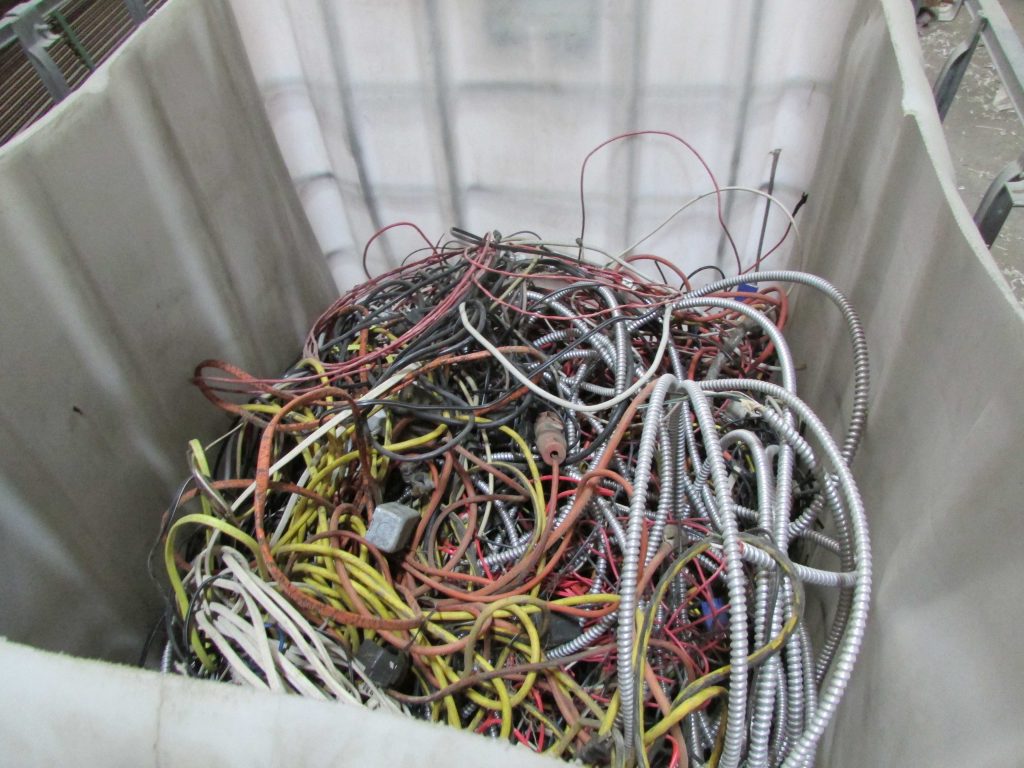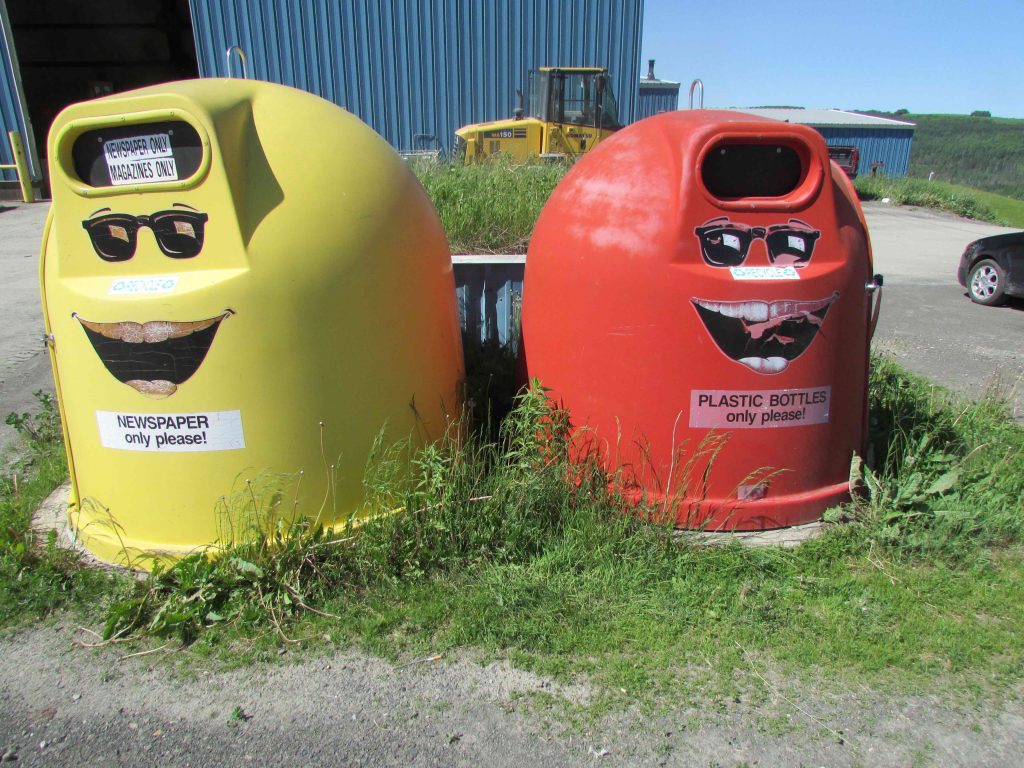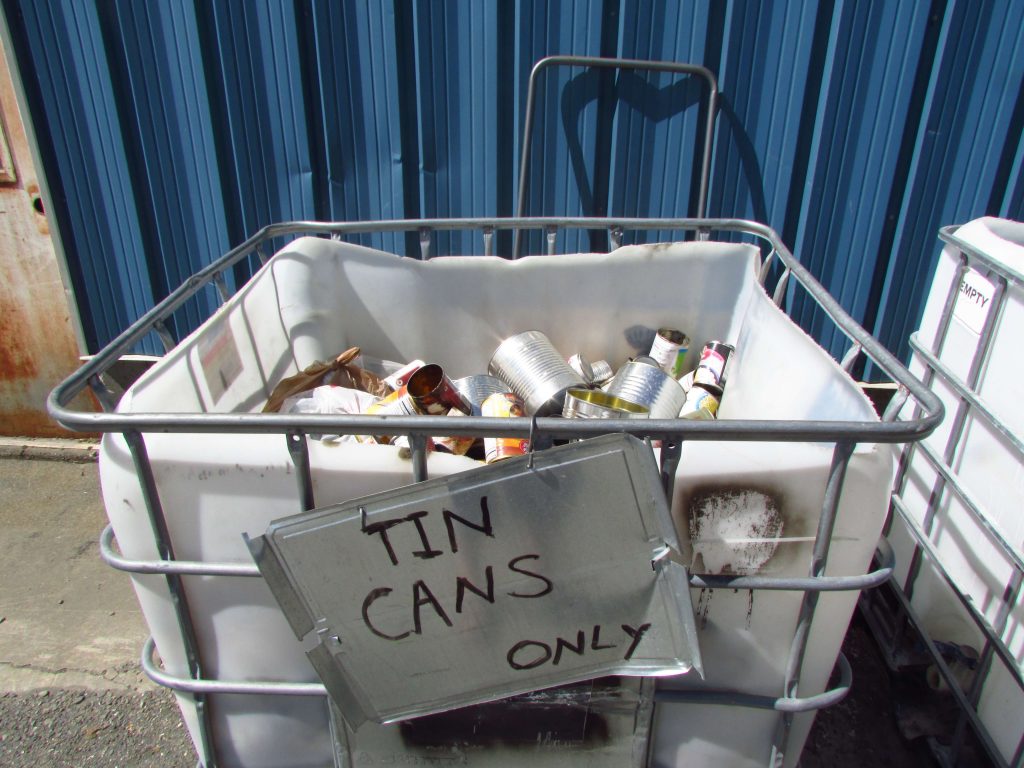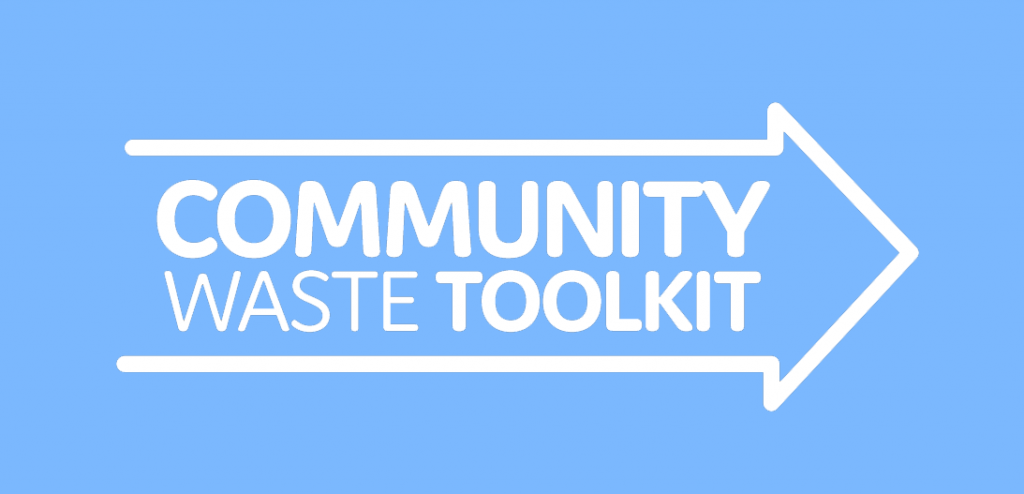Valley Recycling
Background
Located in Frenchville, Maine, Valley Recycling Facility accepts municipal solid waste and a range of recyclable materials from the towns of Madawaska, Frenchville, Fort Kent, and St. Agatha. The facility opened in 1982, and initially operated as an incinerator. Today, Valley Recycling Facility (VRF) reduces the amount of waste sent to landfills by recycling materials ranging from oil to electronics.
Getting Started
After transitioning from an incineration facility to a transfer station, VRF slowly began to increase the range of recyclables it accepted. Since 2011, VRF has expanded its range to include glass, tin cans, and rigid plastic. While these items aren’t the most lucrative, VRF began recycling them to keep waste out of landfills.
Outcome
VRF recycles cardboard, plastics, metal, sorted office whites, pesticide containers, white goods, tires, and universal waste. Between 1998 and 2015, VRF recycled 12,016 tons of material. The facility also runs its heating system on used oil.



Challenges & Tradeoffs
Recycling facilities are limited by space and time. When materials are kept sorted and separate, they can fetch a higher price, but also require more space for storage. In the past, VRF contracted with companies that required items to be double-sorted to ensure they were free of contaminants. Although the materials were worth more after double-sorting, ultimately VRF transitioned to another buyer that did not require this secondary step.
Recommendations for Action
- Secure a space: The more space a facility has, the more types of items it can accept and sell. Space is one of the biggest limiting factors for transfer stations, and VRF recommends securing as large a space as is feasible.
- Resourcefulness is a virtue: Managing recyclables can get expensive. VRF addresses this by researching the long-term costs of different solutions to find the best solution for the long run and builds some infrastructure on site to save money.


